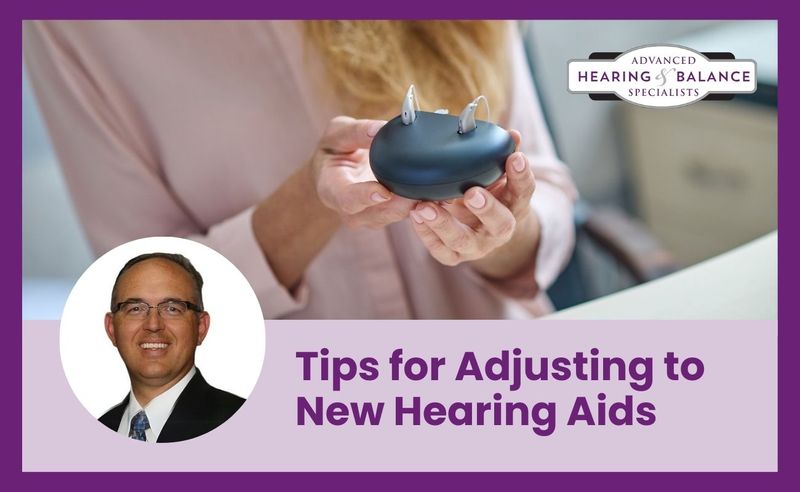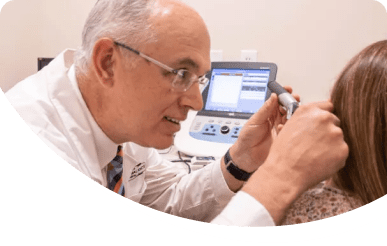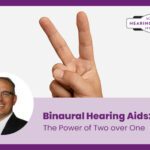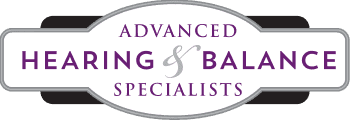Adapting to new hearing aids involves more than just wearing them; it is a journey of reintroducing your ears—and brain—to sounds they may have been missing. These sophisticated devices require a period of adjustment as they can significantly change how we interact with our environment. Remember, it’s normal to experience a learning curve as you start identifying and processing new sounds.
We can maximize the benefits of hearing aids by familiarizing ourselves with how they function and diligently integrating them into our daily routine. Over time, consistent use helps our auditory system adapt. Additionally, maintaining your hearing aids and seeking support can greatly enhance your overall experience and ensure your hearing aids are functioning optimally.
Understanding Your Hearing Aids
As hearing aids are intended to be used daily, we familiarize ourselves with the specific features and types of hearing aids to use them effectively. Our knowledge can empower us to take full advantage of the hearing support they provide.
Features and Functions
Hearing aids come with various features designed to enhance our hearing experience. Directional microphones allow us to focus on conversations by prioritizing sound coming from in front of us, which is particularly useful in noisy environments. Some devices often come equipped with telecoils, which improve listening during phone calls and in equipped public venues by receiving sound through the electromagnetic field rather than the microphone. Additionally, many hearing aids have Bluetooth wireless connectivity, allowing us to stream audio directly from devices such as smartphones or TVs. We should take the time to learn about each of these features, as well as volume controls and program settings, to tailor our hearing aids to our personal needs.
Getting Used to Your Hearing Aids
Adjusting to new hearing aids is crucial for maximizing their benefits. We’ll discuss establishing a comfortable wearing schedule, the importance of patience during the adjustment period, and managing feedback and ambient noise.
Wearing Schedule
Initially, wear your hearing aids for just a few hours each day, then gradually increase the duration. This helps our ears and brain adapt to the new sounds and prevents overwhelming fatigue.
Practice and Patience
It’s normal for voices and environmental sounds to seem unusual at first. Regular practice in various settings and consistent use are key. Engage in one-on-one conversations or try reading aloud as part of your adaptation process.
Handling Feedback and Noise
New users often report feedback or whistling sounds. Make sure your hearing aids fit properly, and consult your audiologist for adjustments. To cope with background noise, start in quieter environments and slowly introduce more challenging listening situations.
Maintenance and Care
Proper maintenance and care are crucial to the longevity and performance of your hearing aids. We’ll guide you through cleaning, battery management, and troubleshooting common issues.
Cleaning Procedures
Daily Care: We should wipe our hearing aids each day with a clean, dry cloth to clear away earwax or debris. It’s important to avoid water and cleaning solvents, as they may damage the delicate internal components. For in-depth cleaning, we use a soft-bristled brush to gently remove any accumulated earwax from the microphone ports and vent openings.
Weekly Maintenance: Once a week, we take time to inspect the ear domes or ear molds for earwax blockages. If necessary, we remove the domes to clean them separately, or replace them according to the manufacturer’s instructions, which typically involves using a wax pick or wire loop.
Battery Management
Storing Batteries: It’s essential for us to store our hearing aid batteries at room temperature and in a dry environment. Batteries should be kept in their original packaging to avoid corrosion or discharge until they’re ready to use.
Changing Batteries: When the time comes to change hearing aid batteries, we make sure our hands are clean and dry to prevent any dirt or moisture from entering the battery compartment. After inserting the new battery, we wait for 1-2 minutes before closing the compartment, which allows the air to activate the battery.
Rechargeable Batteries: If you have a rechargeable battery system, changing and storing batteries is not necessary. But you do need to make sure your devices are placed properly in their charger each night and that the charger remains free of debris and moisture.
Troubleshooting Common Issues
Feedback or Whistling: When we experience feedback or whistling, we first check to ensure that the hearing aids are inserted correctly. If the problem persists, we inspect the earwax filter to make sure there’s no blockage.
Reduced Sound Quality: If the sound from our hearing aids is weak or distorted, we check the volume settings and battery power. We also look for any obstructions in the microphone or receiver and clean them as necessary.
By adhering to these maintenance and care practices, we ensure our hearing aids function optimally for as long as possible.
Professional and Community Support
When adjusting to new hearing aids, it’s crucial for us to engage with both healthcare professionals and various support communities. Regular interactions with audiologists, alongside participation in groups and online forums, can significantly ease the transition period.
Regular Check-Ups with Your Audiologist
Regular check-ups with your audiologist are vital. These appointments allow us to ensure that your hearing aids are functioning optimally and that they are properly adjusted to your hearing needs. The opportunity for personalized feedback during these visits can greatly enhance your comfort and the effectiveness of your devices.
Joining Support Groups
Joining support groups can offer us emotional and practical support. Sharing experiences and tips with others who are also adjusting to hearing aids can provide reassurances and useful strategies for handling day-to-day situations. Groups often meet in person, but there are also online or local hearing loss support groups to consider for additional convenience and connection. The Hearing Loss Association of America is one such organization that provides these resources.
Hearing Aids in Nevada and Utah
Advanced Hearing & Balance Specialists has 8 convenient locations throughout Southern Utah and Nevada, including our newest location in Murray, UT! At each of our locations, our top-rated Audiologists in Southern Utah and Nevada are ready to help you get the most out of your hearing.
We use evidence-based best practices like Real Ear Measurement to ensure the best possible outcomes for our patients. Call us at (888) 373-2446 to schedule an appointment.







